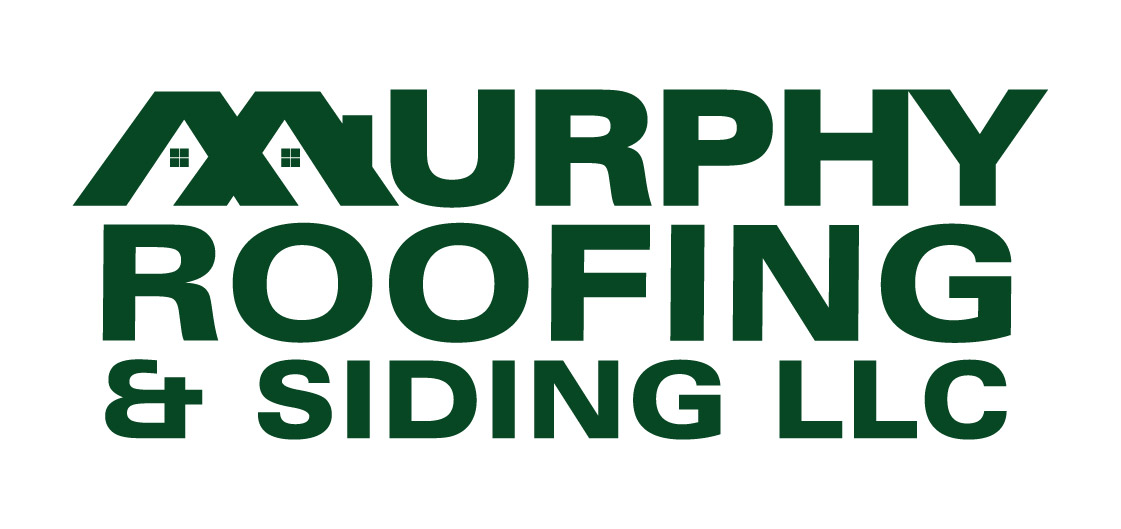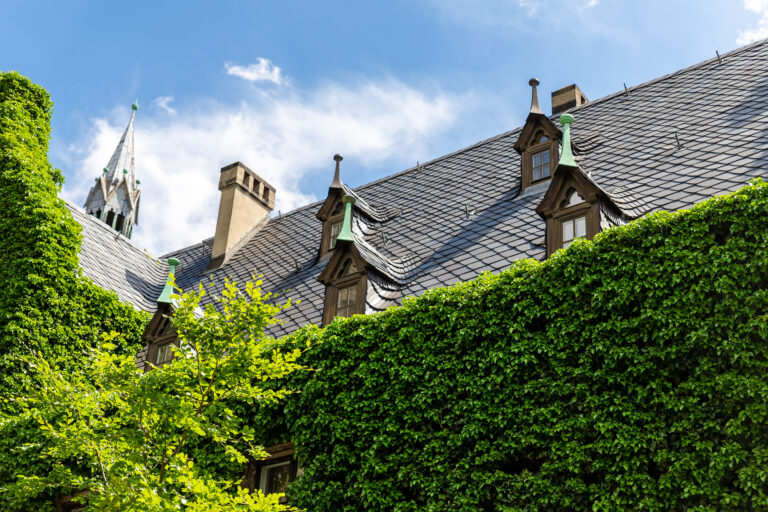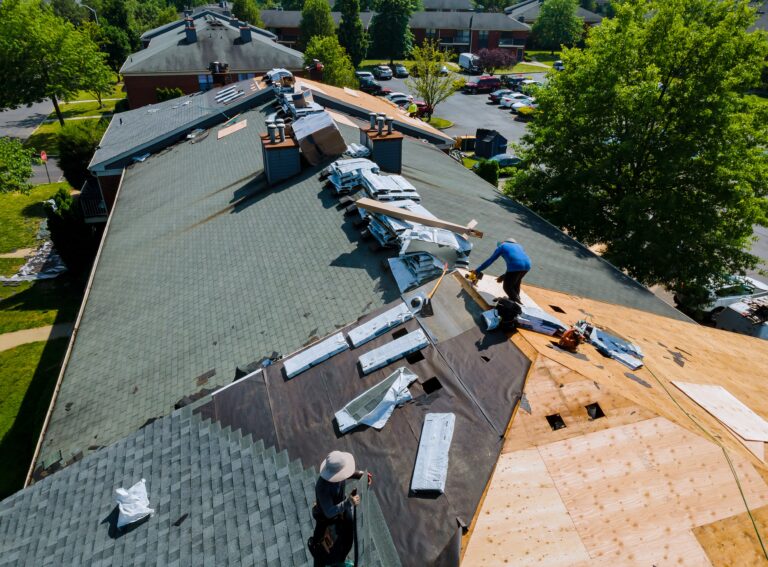The roof is one of the most critical elements of your home, providing protection against the elements and contributing significantly to its overall aesthetic appeal. Choosing the right roofing material is a crucial decision that can impact your home’s durability, energy efficiency, and resale value. With a plethora of options available in the market, it’s essential to understand the characteristics and benefits of each roofing material before making a decision. In this ultimate guide, we will walk you through the most popular roofing materials, helping you make an informed choice for your home.
- Asphalt Shingles
Asphalt shingles are the most common and widely used roofing material in North America. They are popular for their affordability, ease of installation, and versatility. Available in a variety of colors and styles, asphalt shingles can complement almost any architectural design. There are two main types of asphalt shingles: three-tab and architectural (or dimensional).
Three-tab shingles are the more traditional and budget-friendly option, while architectural shingles offer a thicker, more textured appearance and increased durability. Asphalt shingles have a moderate lifespan of 15-30 years, depending on the quality and climate conditions. While they are susceptible to algae and moss growth, manufacturers often incorporate granules with protective coatings to address this issue.
- Metal Roofing
Metal roofing has gained popularity in recent years due to its durability, energy efficiency, and contemporary aesthetic appeal. Typically made of steel, aluminum, or copper, metal roofs are resistant to fire, mildew, insects, and rot. They have a long lifespan of 40-70 years, making them a sustainable choice for environmentally-conscious homeowners.
Metal roofs reflect solar radiant heat, reducing cooling costs during hot summers. They are also highly resistant to extreme weather conditions, including heavy snow, hail, and high winds. While the initial cost of metal roofing may be higher than other materials, its longevity and energy efficiency can result in long-term cost savings.
- Wood Shingles and Shakes
Wood shingles and shakes provide a natural and rustic look to homes. Shingles are machine-cut and have a smoother surface, while shakes are handcrafted, giving them a more textured appearance. Cedar and redwood are the most common wood types used for roofing due to their natural resistance to decay and insects.
Wood roofing has a lifespan of 20-30 years but requires regular maintenance, including sealing and staining, to prevent decay and increase longevity. While wood shingles and shakes are environmentally friendly, their susceptibility to fire can be a concern. Some areas with a high risk of wildfires may have restrictions on using wood roofing materials.
- Clay and Concrete Tiles
Clay and concrete tiles are popular in regions with a Mediterranean or Spanish architectural influence. These tiles are known for their durability, energy efficiency, and aesthetic appeal. Clay tiles have a distinctive, timeless look, while concrete tiles can mimic the appearance of wood, slate, or stone.
Clay and concrete tiles have a long lifespan of 40-100 years, making them a durable choice. They are resistant to fire, insects, and rot, and their heavyweight provides excellent protection against high winds. However, the weight of these tiles may require additional structural support, and their cost is higher compared to other roofing materials.
- Slate Roofing
Slate roofing is often considered the pinnacle of roofing materials due to its unmatched elegance, durability, and longevity. Natural slate is a fine-grained metamorphic rock that is split into thin sheets for roofing. Slate roofs can last over 100 years, making them a lifetime investment.
Slate roofing is resistant to fire, insects, and rot, and it requires minimal maintenance. Its natural beauty and various color options add a touch of sophistication to any home. However, the high cost of materials and the expertise required for installation make slate roofing one of the most expensive options.
- Synthetic Roofing Materials
As technology advances, synthetic roofing materials have emerged as an alternative to traditional options. These materials, often made from rubber, plastic, or polymer composites, mimic the appearance of natural materials while offering additional benefits such as lower cost and lighter weight.
Synthetic roofing materials are often more resistant to weathering and UV rays, requiring less maintenance over time. They can replicate the look of wood, slate, or even metal, providing homeowners with a variety of aesthetic options. However, it’s essential to consider the long-term performance and environmental impact of these materials, as they may not match the durability of natural alternatives.
Choosing the right roofing material for your home is a decision that involves considering factors such as budget, climate, aesthetics, and long-term maintenance. Each roofing material comes with its unique set of advantages and considerations, and the ultimate choice depends on your priorities and preferences.
Asphalt shingles offer a cost-effective solution with versatility in design, while metal roofing provides durability and energy efficiency. Wood shingles and shakes provide a natural, rustic appearance but require regular maintenance. Clay and concrete tiles offer a Mediterranean aesthetic with excellent durability but come with a higher price tag. Slate roofing stands out for its elegance and longevity but comes with a considerable upfront cost.
Consider your geographical location, climate conditions, and architectural style when making your decision. Consulting with a roofing professional can also provide valuable insights and help you make an informed choice that aligns with your home’s needs and your personal preferences. Remember, investing in the right roofing material is an investment in the long-term integrity and beauty of your home.


